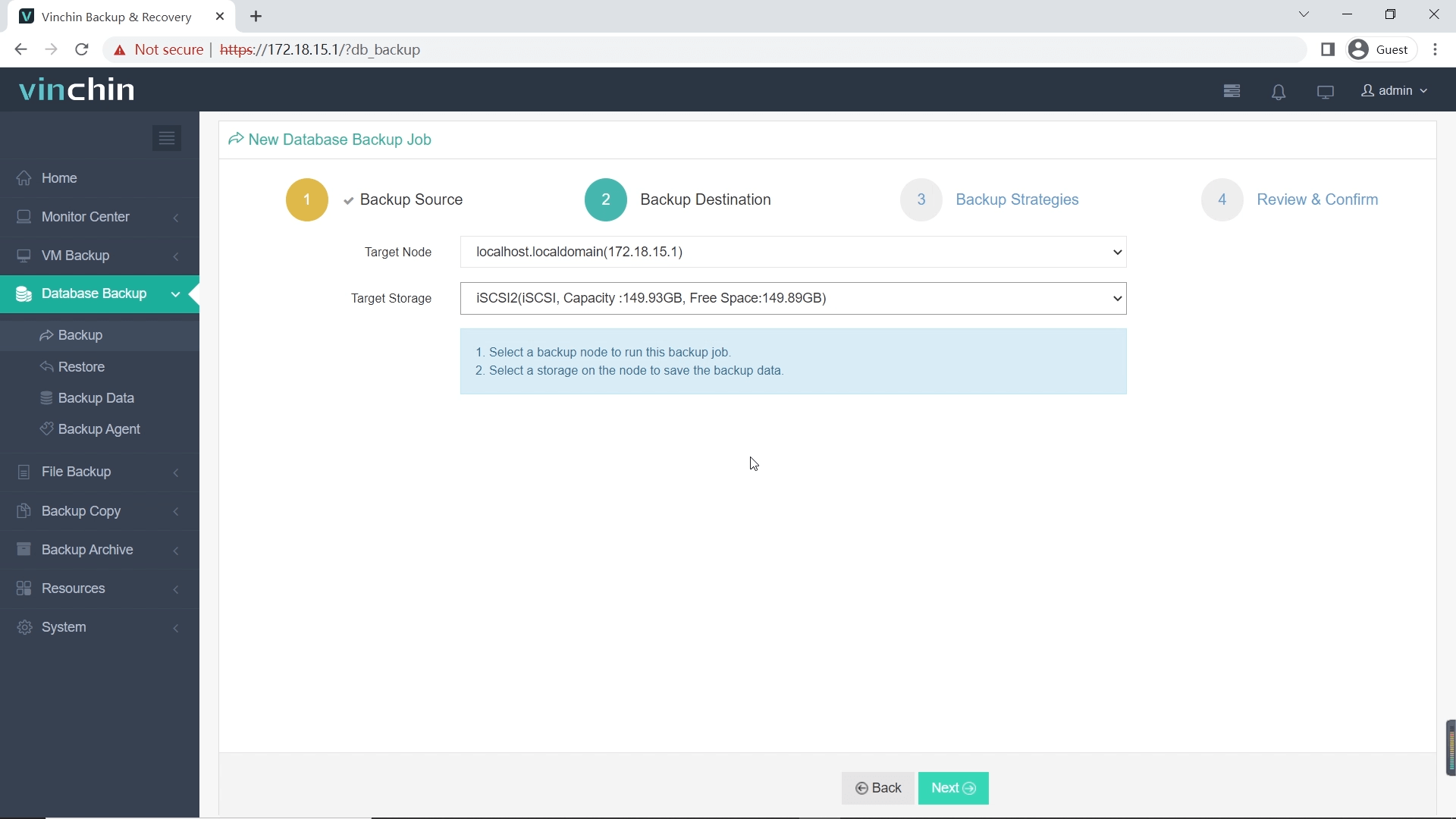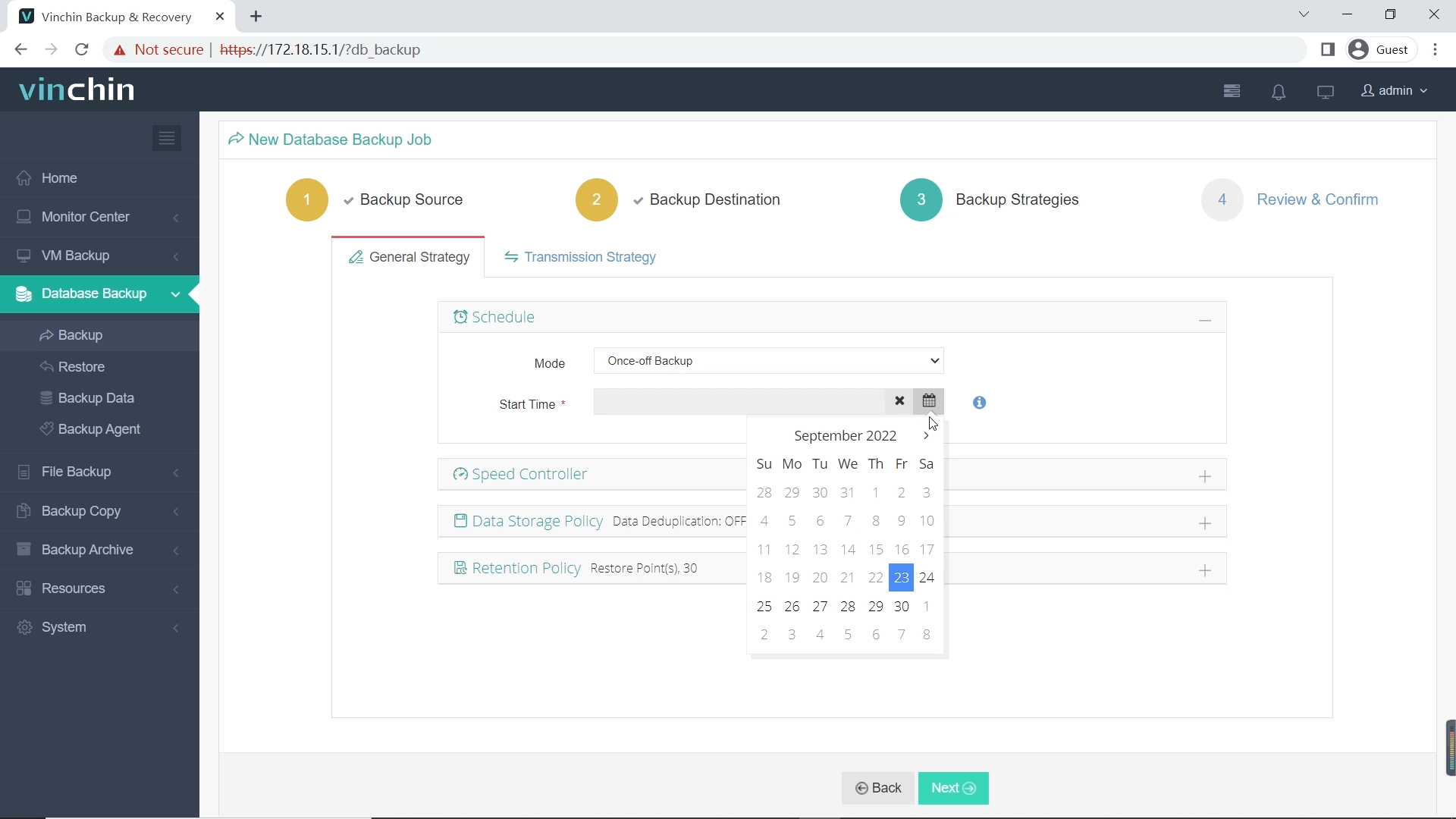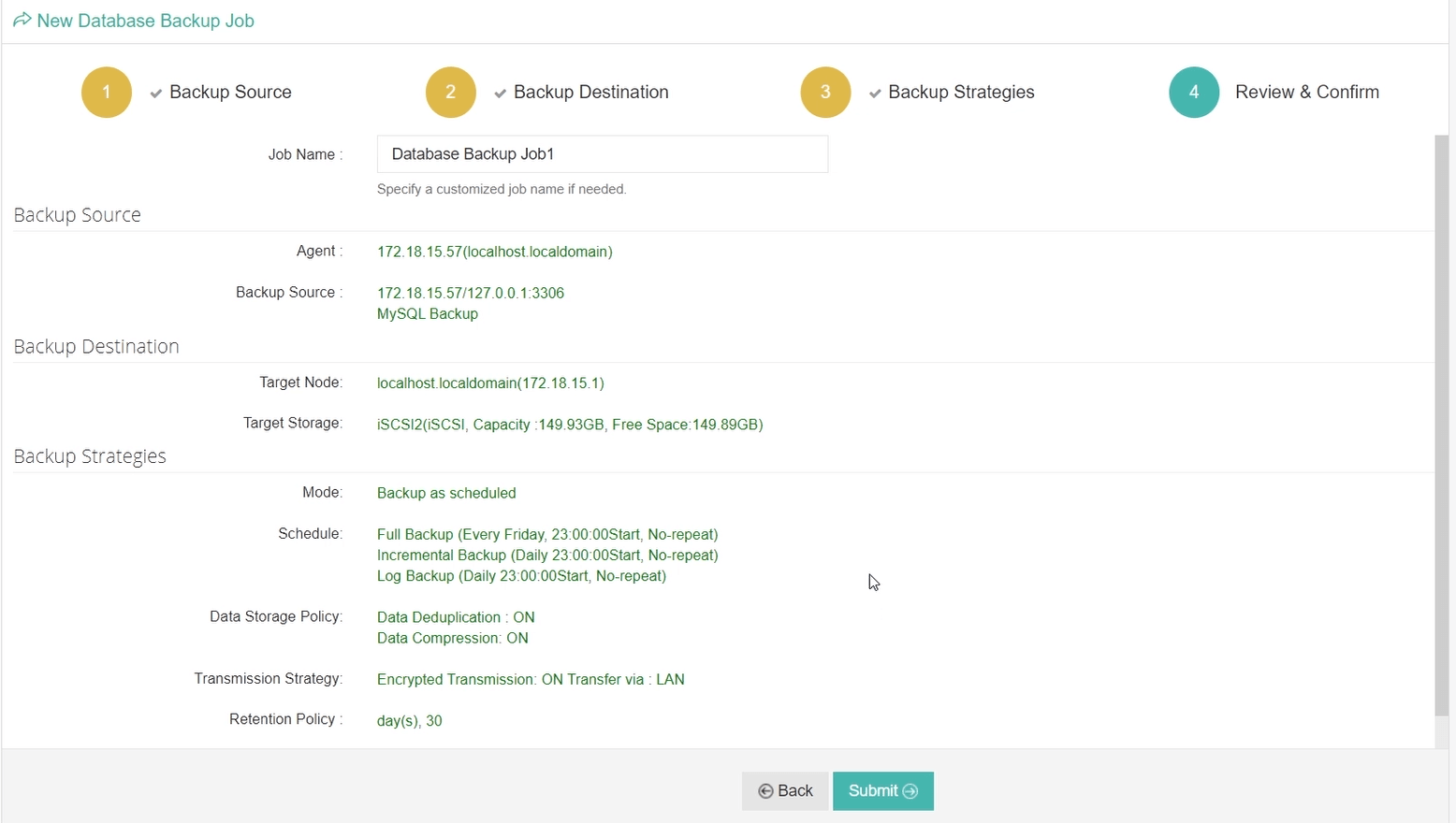-
Why automates MySQL backup?
-
How to automate MySQL backup on Windows?
-
How to automate MySQL backup on Linux?
-
How to easily backup MySQL with Vinchin Backup & Recovery?
-
MySQL auto backup FAQs
-
Conclusion
In today’s fast-paced world, ensuring that your MySQL database is consistently backed up is crucial. Data loss can lead to significant business setbacks. Fortunately, automating MySQL backups can reduce the risk of human error and ensure regular, reliable backups. In this article, we'll guide you through why auto MySQL backup is essential, how to set it up on both Windows and Linux.
Why automates MySQL backup?
MySQL databases store critical business data, from customer details to transaction records. Losing such data can have devastating consequences. Regular backups ensure that, in case of failure, you can restore data quickly and minimize downtime. Automating these backups reduces the risk of missing a backup or forgetting to run it. It also frees up time, allowing IT teams to focus on other critical tasks while ensuring data protection is always active.
How to automate MySQL backup on Windows?
Automating MySQL backups on Windows requires a few simple steps, including using scripts and scheduling tasks.
Step 1: Create a Backup Script
One way to automate backups is by creating a .bat file with the mysqldump utility. This utility comes bundled with MySQL and helps create database backups.
Here’s a basic example of a .bat script for backing up all MySQL databases:
rem credentials to connect to MySQL server set mysql_user=root set mysql_password=yourpassword rem backup storage location set backup_folder=C:\mysql_backups rem backup file name set backup_name=%backup_folder%\backup-%DATE:~-4%-%DATE:~4,2%-%DATE:~7,2%.sql rem create backup mysqldump -u %mysql_user% -p%mysql_password% --all-databases > %backup_name%
This script will create a backup of all databases and store it with a timestamp in the specified folder.
Step 2: Schedule the Backup
To automate the backup process, you can use Windows Task Scheduler. Here’s how:
1. Open Task Scheduler (Press Windows + R, then type taskschd.msc).
2. Click Create Basic Task on the right panel.
3. Set a name for the task
4. Choose the frequency
5. Under the Action tab, select Start a Program, then browse to your .bat script file.
6. Set a time for the task to run.
Once set, the task will automatically run according to your schedule.
How to automate MySQL backup on Linux?
Linux offers more flexibility for automating MySQL backups through the command line.
Step 1: Create a Bash Script
On Linux, a simple bash script can automate the backup process. Here's an example:
#!/bin/bash
# Set backup directory
backupfolder=/var/backups
# Set MySQL credentials
user="root"
password="yourpassword"
# Set backup filename
sqlfile=$backupfolder/mysql-backup-$(date +%F).sql
zipfile=$backupfolder/mysql-backup-$(date +%F).zip
# Create MySQL backup
mysqldump -u $user -p$password --all-databases > $sqlfile
# Compress the backup
zip $zipfile $sqlfile
# Remove the original SQL file
rm $sqlfile
# Send a notification email
echo "Backup completed successfully" | mail -s "MySQL Backup" youremail@example.com
# Delete old backups older than 30 days
find $backupfolder -type f -mtime +30 -exec rm {} \;This script backs up all databases, compresses the backup, and removes backups older than 30 days.
Step 2: Schedule the Backup
Linux users can schedule their backup script using Cron:
1. Edit the crontab with crontab -e.
2. Add the following line to run the backup every day at 2 AM:
0 2 * * * /path/to/your/backupscript.sh
How to easily backup MySQL with Vinchin Backup & Recovery?
Vinchin Backup & Recovery is a professional, enterprise-level database backup software that supports a wide range of mainstream databases, including Oracle, MySQL, SQL Server, MariaDB, PostgreSQL, and PostgresPro. For MySQL environments, Vinchin provides a seamless, automated solution for backing up MySQL databases, ensuring that your data is well-protected and easy to recover in case of unexpected events.
Key Features of Vinchin for MySQL Backup
Vinchin offers comprehensive protection features for MySQL, including:
Cloud Backup: Easily back up MySQL databases to cloud storage, such as AWS S3, Azure Blob Storage, or Google Cloud.
Incremental Backup: Only the changes made to the database since the last backup are stored, saving time and storage space.
Scheduled Backup: Set up automated, scheduled backups to ensure your data is backed up regularly without manual intervention.
Data Compression and Deduplication: Optimize storage space by compressing your backups and removing duplicate data.
Any-point-in-time Recovery: With this feature, you can restore your MySQL database to a specific point in time, ensuring minimal data loss in case of corruption or system failure.
Vinchin also provides advanced features such as ransomware protection, ensuring that your backups remain safe from potential threats. The simple and easy-to-use web console makes managing backups straightforward, even for users without extensive technical expertise.
Easy Steps for MySQL Backup with Vinchin:
1. Choose the Database to Back Up: Select the MySQL database you want to back up from the list of available servers.

2. Choose the Backup Storage: Pick where you want to store the backup—local storage, network-attached storage, or cloud storage options.

3. Choose the Backup Strategy: Set the backup type (full, incremental) and configure the schedule that fits your needs.

4. Submit the Job: Once you've configured the backup, submit the job, and Vinchin will handle the rest, ensuring your MySQL database is regularly backed up.

Vinchin Backup & Recovery is trusted by a global customer base and highly rated for its reliability and ease of use. It offers a 60-day full-featured free trial, so you can experience its capabilities firsthand. To get started, click the button below to download the installer and deploy your backup solution in minutes.
MySQL auto backup FAQs
Q1: How do I check if my MySQL backup is running successfully?
Ensure you have email notifications set up for backup results. Most backup tools will send a success or failure notification. You can also manually check the backup directory for updated files.
Q2: How do I handle large MySQL databases in backups?
For large databases, consider using incremental backups to save space and time. Compression can also reduce backup file size. Some tools allow you to split backups into smaller chunks.
Q3: How long should I keep MySQL backups?
Keep backups for as long as needed for recovery purposes. Consider legal and business requirements. It's also a good practice to regularly delete old backups to free up space.
Conclusion
Automating MySQL backups is essential to protect critical business data from potential loss. Whether you're using scripts on Windows or Linux or opting for a more streamlined solution like Vinchin Backup & Recovery, automation ensures your backups are regular, reliable, and secure. Vinchin simplifies backup management with an intuitive web console and powerful features like cloud backup, compression, and any-point-in-time recovery. Start your free trial today and experience a hassle-free backup solution.
Share on:







